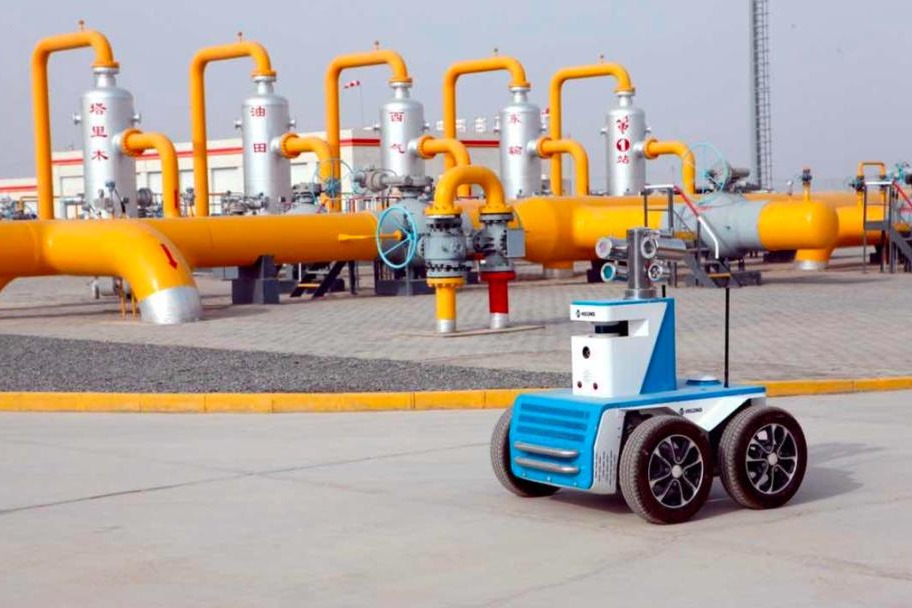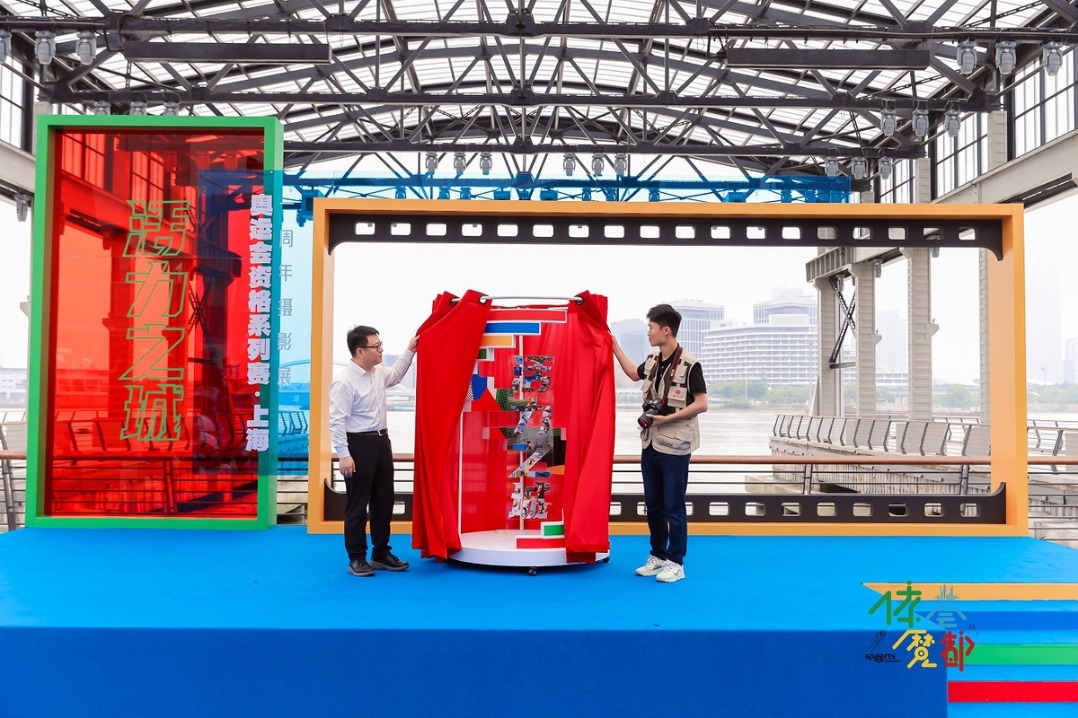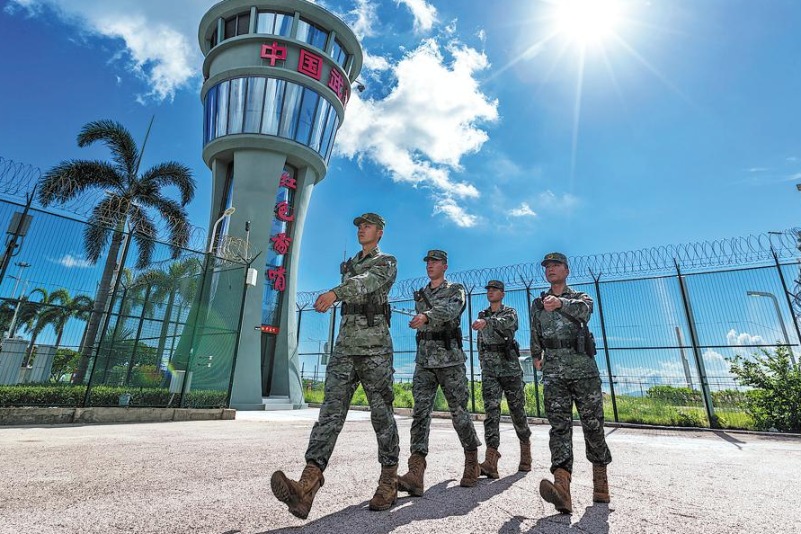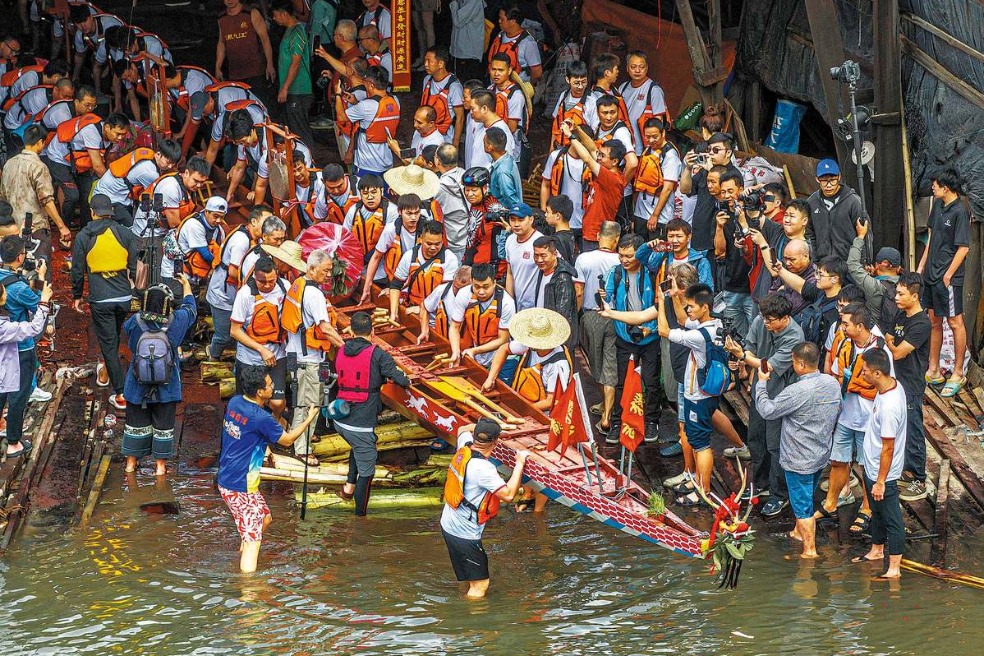Infrastructure dream comes true

The opening of the Hong Kong-Zhuhai-Macao Bridge marks the fulfillment of a lifelong dream for industrialist Gordon Wu Ying-sheung, the man who dreamed up the concept of linking Hong Kong with the country's vast southwest some 35 years ago.
"When I was at university in the United States in the 1960s, I saw the Americans building a bridge-island-tunnel complex," said Wu, chairman of Hopewell Holdings, a Hong Kong-listed infrastructure and property conglomerate.
He was speaking about the Chesapeake Bay Bridge-Tunnel in the San Francisco Bay Area, which was selected as one of the "Seven Engineering Wonders of the Modern World" after it opened in 1964.
"I was thinking that if they could do it, we Chinese could do it, too," the civil engineering graduate from Princeton University said.
Back in 1983, just five years into China's reform and opening-up, and decades before anyone conceived of turning the Guangdong-Hong Kong-Macao Greater Bay Area into an economic powerhouse, Wu saw the potential for a similar bridge and tunnel project in South China. He came up with his own blueprint, foreseeing an immense manufacturing base with seemingly unlimited land and manpower resources.
Wu, now 82, envisaged the project as the key to sustainable cross-border development. "No matter whether 35 years ago or now, the development of Hong Kong must be reliant on the mainland due to its limited land resources and manpower," Wu said.
When it all began
Wu proposed the Lingdingyang Bridge, from Hong Kong to Zhuhai, in Guangdong province, to create an economic partnership rich in land, markets and high-quality manpower. The foothold of the Hong Kong section would have been close to the southwestern corner of Shenzhen, where the sea is relatively shallow, with the bridge site about 15 kilometers north of today's HZMB, the world's longest sea crossing.
No one had previously advanced such a bold plan.
"I'm not interested in bridges in particular," Wu said. "As a civil engineering graduate, I'm just interested in whatever infrastructure can boost regional development."
His company has invested in many transport infrastructure projects in the delta since the late'70s, helping to weave a well-developed expressway network across the Bay Area. But Wu's plan to build the Lingdingyang Bridge, named after the Chinese term for the Pearl River estuary, was not well received. Skeptics failed to see the great potential for economic development in South China if such power and transportation infrastructure was developed.
"They said people on the mainland (back then) were not even able to afford bicycles," Wu recalled. "But if there was no developed transport infrastructure, the economy would never advance."
There was another hurdle. In the early '80s, the British colonial government of the day opposed connections between Hong Kong and the Chinese mainland. Wu's initiative was shelved.
Tremendous progress
But Wu never abandoned his plan to link Hong Kong with Guangdong, his ancestral home.
Wu renewed his effort in 1997 - the year Hong Kong returned to the motherland. The city's new international airport was already under construction on Lantau Island, and Wu came up with a new proposal to connect Lantau with Zhuhai and Macao, essentially the plan for what became the HZMB.
Between 2004 and 2008, when the governments of Zhuhai and the Hong Kong and Macao special administrative regions carried out feasibility studies for the bridge, Wu's company undertook parallel studies. He also put together a group of Hong Kong property developers willing to invest directly in the world's longest sea crossing.
"Wu contributed a lot to facilitate the commencement and completion of the project," said Su Quanke, chief engineer at the HZMB Authority. "He also helped the government publicize the project."
Wu toured the bridge for the first time in February. When asked if he was disappointed it became a government project, he said, "It doesn't matter if it was built by the government or by myself, the biggest delight was that it was finally finished and was of high quality.
"My greatest feeling about this finished project is the tremendous progress the country's bridge engineers and designers have made over the years. The level of Chinese engineers has become world class.
"More than 30 years ago, I dare to say I could have built a better bridge than the government. But now I wouldn't say that."





































